
One of the common tasks that an architectural visualization artist can get in a project, is to create a light setup that might show how exactly the lights will look like on the physical world. This demands a really good knowledge about light and render, or the use of special resources. In cases like this we can use some special files in a format called IES. In this file we can find the physical properties of a lamp, all ready to be used on 3d softwares. If we can associate this file with a light source and render the scene, we will see a really close effect of the illumination generated by that lamp in the real world.
If you want to download some of those IES files created by HE Williams, just visit their web site and look for each lamp type and their IES profile.
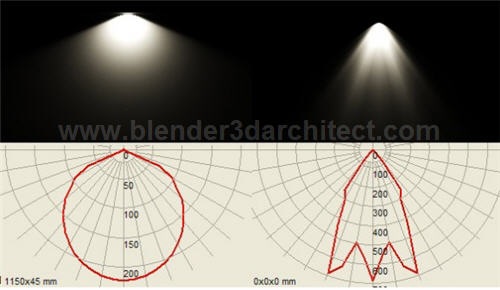
How to use those profiles with Blender? To use IES lights in Blender, we must render our scenes with LuxRender or YafaRay. Both renders offers support for IES profiles.

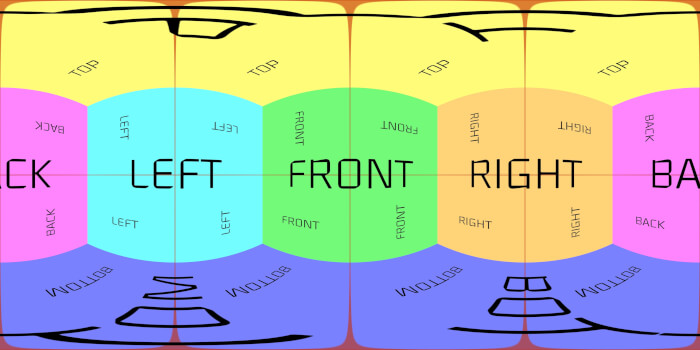
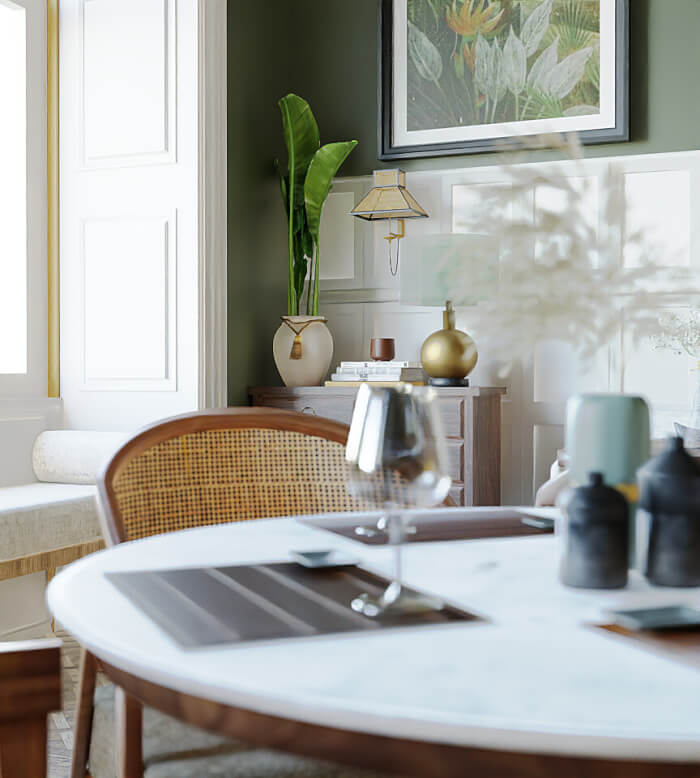
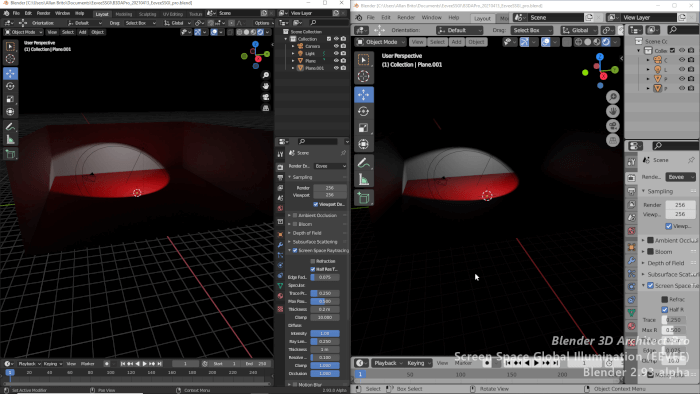
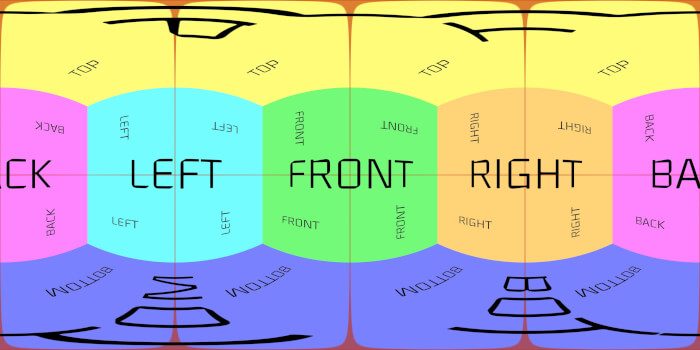

nice ies files… i hope IES will be implemented in blender cycles…it will be awesomely awesome!!!! hope also that they will have correct parameters of sun as per location, geography, long and lat, North orientation, and time of day with regards to winter and summer solstice ;-)..thanks men!!!!